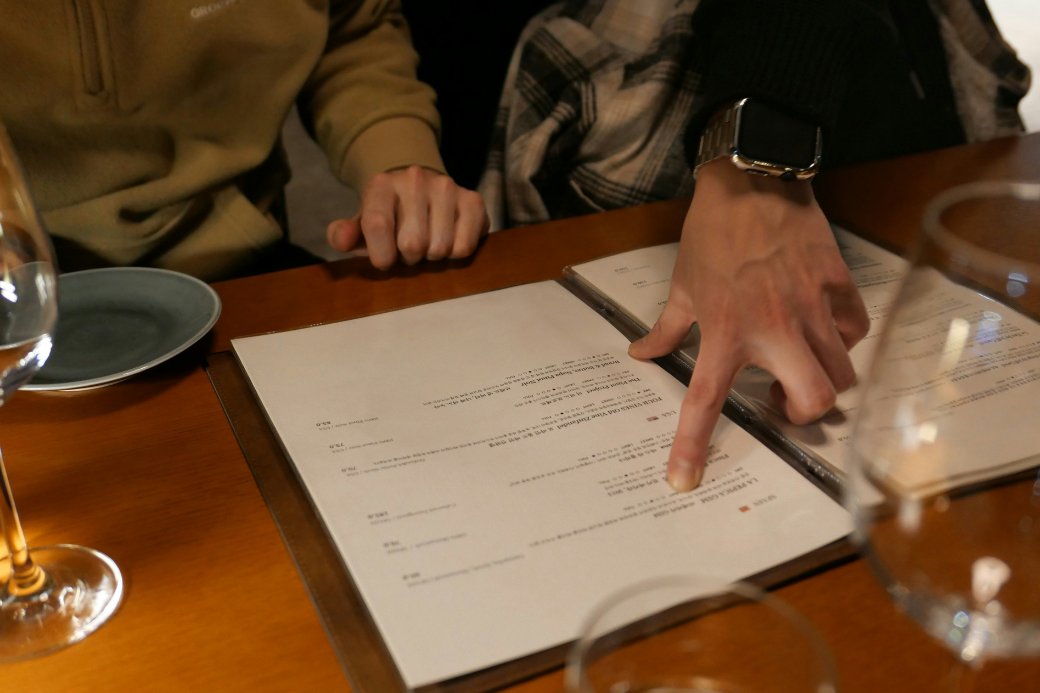
5 Exceptions to the Year End 2025 RMD Deadline
The holidays are here and the countdown to year’s end has started. For many retirement account owners, this means that an important deadline is fast approaching.

The holidays are here and the countdown to year’s end has started. For many retirement account owners, this means that an important deadline is fast approaching.

It’s that time of year – the World Happiness Report (WHR) is here!

What are these magical qualities of Form 5498? What information does it contain that can be so useful over a lifetime?

The One Big Beautiful Bill Act (OBBBA) left unanswered a number of questions about Trump Accounts, the new savings vehicle for children.

The cost of employer health benefits is rising faster than inflation and wages.

The IRS has issued guidance on Trump Accounts, which are new tax advantaged accounts for children established as part of the One Big Beautiful Bill Act (OBBBA).

Do annual RMDs apply to inherited Roth IRAs? It depends on the type of beneficiary.

There are a lot of languages in the world (7,159), but almost half the world’s population (3.7 billion people) communicates using just 20 of them.

On November 13, 2025, the IRS announced the 2026 COLA limits for IRAs and retirement plans. Here are the 2026 limits for SIMPLE IRAs.

No matter what type of device people are using, too much screen time can affect brain health.

The IRS has released the cost-of-living adjustments (COLAs) for retirement accounts for 2026, and many of the dollar limits will increase next year.

The holiday shopping season gets underway this week, and expectations are high.